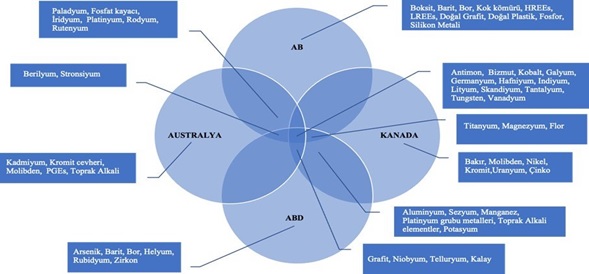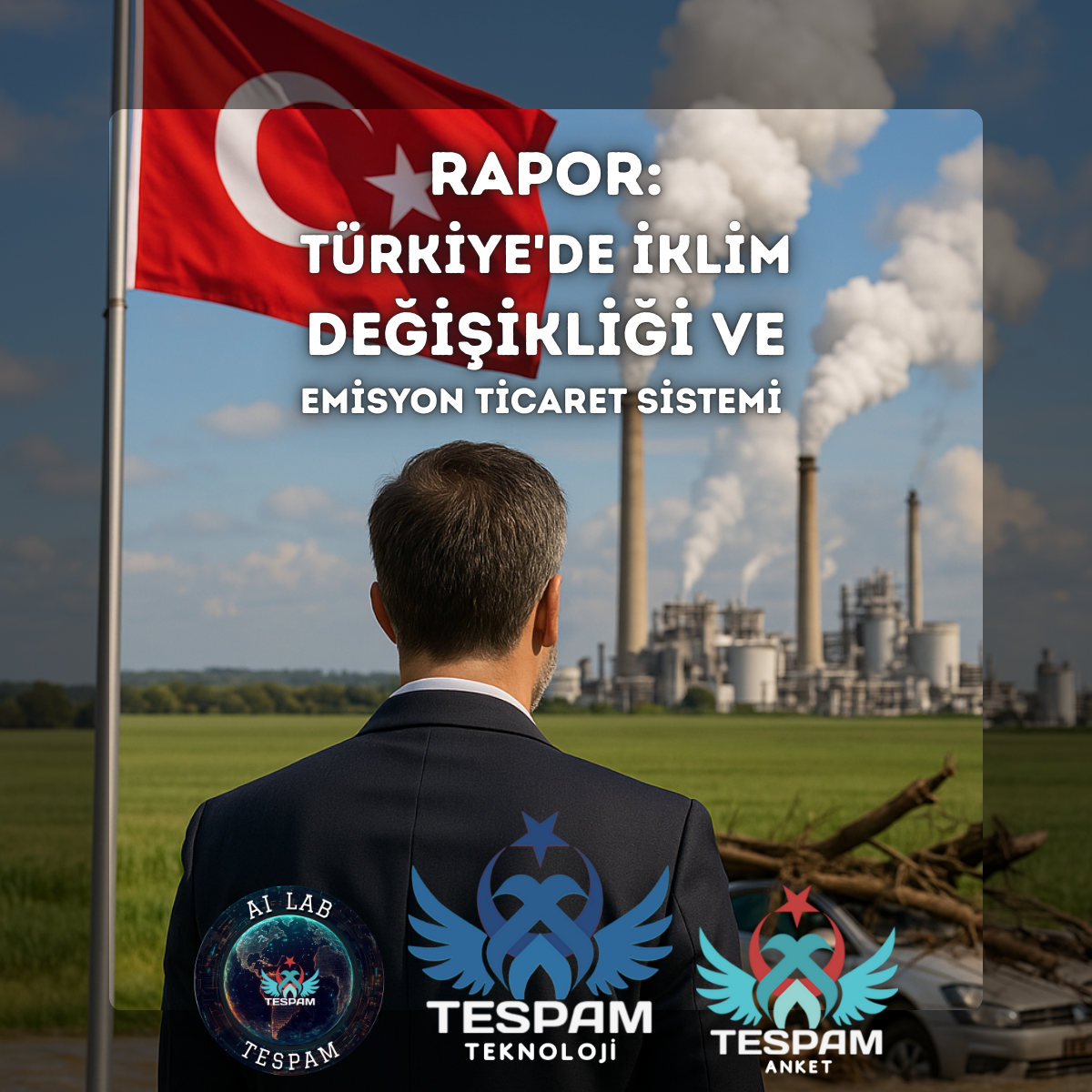Azerbaijan, which established the first republic in the Muslim East and Turkic world, at the same time combined the idea of Turkism, Democracy and Islam, has always signed the glorious pages of history.
It is enough to look at the Declaration of Independence signed on May 28, 1918 to see which traditions of statehood the Azerbaijan Democratic Republic created during its short 23-month life and how it signed historic decisions during this time. Azerbaijan seeks to establish good neighbourly relations with all, guarantees within its boundaries, the civil and political rights to all the citizens and provides an ample scope for development to all the peoples that populate its territory.1
The current independent Republic of Azerbaijan is the political and legal successor of the Azerbaijan Democratic Republic.
Azerbaijan – oil and gas country
Medieval historians, geographers and travelers remarked in their works about Azerbaijan which is considered the historical homeland of oil in the world. They wrote about Baku’s oil, emphasizing that economic life in Absheron has long been associated with oil. An inscription on a stone found in one of the oil wells in Balakhani shows that the well (at a depth of 35 m) was drilled and put into operation in 1594 by master Allahyar Mammad Nuroglu. Oil was extracted industrially from a well in the Bibiheybat oil field at a depth of 21 meters for the first time in the world, in 1846, 13 years before the United States of America. Aga Neymatulla drilled an inclined well to the depth of 2,000 meters with turbodrill method on Bayil settlement (near Baku) in 1941. Azerbaijan founded the city on the water called Neft Dashlari (Oil Rocks) in 1949. Neft Dashlari is featured in Guinness World Records as the world’s first offshore oil platform.2, 3
Having great historical experience in the petroleum industry, Azerbaijan signed ground-breaking Production Sharing Agreement known as the Contract of the Century with 11 companies from 7 countries for bringing the oil in the Azeri-Chirag-Guneshli field to the energy market on September 20, 1994.
2
In particular, the pipelines around the Caspian Sea which provide access to oil and natural gas to world markets have always passed through Russia. Thus, Russia severely limited the ability of the Caucasus states to act independently on energy issues.
Azerbaijan, Turkey, Georgia, Kazakhstan, Uzbekistan and the United States of America signed the Ankara Declaration to support the Baku-Tbilisi-Ceyhan pipeline on the 29 October 1998. The Baku-Tbilisi-Ceyhan pipeline currently transports mainly oil from the Azeri-Chirag-Gunashli oilfield and condensate from the Shah Deniz gas-condensate field. The pipeline also transports Turkmenistan’s oil and Tengiz crude oil from Kazakhstan. Turkmenistan and Kazakhstan supported Azerbaijan’s plans to transport turkmen and kazakh oil via Turkey despite they had trouble taking a step against Moscow in foreign policy in the 1990s.
The one of the most important projects of strategic cooperation of Azerbaijan and Turkey in the energy sector is the Trans-Anatolian Gas Pipeline Project (TANAP). TANAP is the most important link of the Southern Gas Corridor and winning the title that “Turkey, the Middle East and Europe’s longest and most extensive natural gas pipeline” was written in golden letters its name to the history. Trans Adriatic Pipeline (TAP), the last part of the Southern Gas Corridor started to transport commercially gas from Azerbaijan on 31 December 2020. Azerbaijan gas reaches the European market through a direct pipeline connection for the first time in history.
The Memorandum of Understanding signed between Azerbaijan and Turkmenistan on joint exploration and development of the “Dostluq” hydrocarbon field in the Caspian Sea on January 21, 2021 in Ashgabat, is an important historical event of special economic and political significance for both countries.4
This field, which Azerbaijan calls “Kapaz” and Turkmenistan “Sardar”, is located in the Caspian Sea on the border between the two countries. According to preliminary estimates, the field contains about 60 million tons of oil and 100 billion cubic meters of natural gas.
Turkmenistan has a small domestic crude oil pipeline network connecting onshore oil fields with the Turkmenbashi refinery and Caspian port. Turkmenistan has virtually no international oil pipeline infrastructure except a pipeline between the Seidi refinery in northeastern Turkmenistan and the Shymkent refinery in Kazakhstan via Uzbekistan.5
The signing of the document will open new geoeconomic prospects for the region. The document will also be remembered for the first time in the history of the Caspian Sea, when the two countries jointly exploited the field and transported it to foreign markets. The access of the Caspian’s rich energy resources to foreign markets is important for the well-being of the peoples of the region and the future of the region.
SOCAR Polymer which an important project in the petrochemical industry is the first public-private partnership in Azerbaijan’s oil and gas sector. Following first export of products in October of 2018, SOCAR Polymer kept expanding the geography of its sales market to include Russia, Turkey, Ukraine, Belarus, Lithuania, Poland, Uzbekistan, China, Turkmenistan, Georgia, Austria, and Romania.6
Socar Polymer LLC led the ranking of non-state exporters for 7 months of 2020. In January-July, the company exported products worth 74.9 million dollar.7
Azerbaijan – Karabakh
After nearly 30 years of Armenian occupation, during “The Second Karabakh War” which continued for 44 days, the victorious Azerbaijani army liberated our lands. By liberating its occupied territories, Azerbaijan has proved that we are not only a country that has strong energy strategy, but also has a powerful army on the battlefield. The successors of 350 Azerbaijani heroes who fought against the 70,000 russian army until the last breath to protect the independence of Azerbaijan in 1920, liberated Shusha after 100 years with the same force by fighting with the martyrs on their shoulders with crossing of the mountains in blood and sweat.
It is known that Nagorno-Karabakh and surrounding regions are rich in renewable energy sources such as hydropower, solar, wind, bioenergy, and geothermal energy.
According to rough estimates, the region has a potential of more than 4,000 megawatts of solar and up to 500 megawatts of wind energy. Initially, 7 promising areas with favorable conditions for the implementation of solar energy projects were identified in Fizuli, Jabrayil, Zangilan, Gubadli, Lachin and Kalbajar districts. It is also known that in the mountainous part of Lachin and Kalbajar regions, there are large areas with an average annual wind speed of 7-8 meters per second at an altitude of 100 meters. 25% of Azerbaijan’s local water resources, i.e. about 2.56 billion cubic meters of water a year, are formed in this area. The main rivers of the region, such as Tartar, Bazarchay (Bargushadchay), Hakari and other small rivers, have great hydropower potential. There are 8.5 million tons of coal reserves in Chardagli village of Tartar region. Furthermore, there are 3093 m3/day thermal water resources in Kalbajar region and 412 m3/day in Shusha.
Other important energy facilities in the region are Khudafarin and Giz Galasi hydroelectric power plants. Khudafarin hydroelectric power plant. is planned to consist of 2 hydro-aggregates, each of which will have a capacity of 50 MW. The Giz Galasi hydroelectric power plant to be built on the Araz River is planned to consist of 2 hydro-aggregates, each of which is 20 MW, and the construction of the plant is continued by Iran.8
At present, there are a total of 24 water reservoirs in Karabakh, and almost all of them are in an emergency situation. 22 of these reservoirs are reclamation reservoirs, many of which have fisheries. Two of the reservoirs, Sarsang and Sugovushan have energy sources. For many years, the Armenian aggression did not allow to study the seismic stability of hydropower reservoirs. Sarsang reservoir has a capacity of 50 MW, Sugovushan-1 reservoir has a capacity of 4.8 MW and Sugovushan-2 reservoir has a capacity of 3 MW. The water capacity of the Sarsang reservoir is 565 mln m3.9
Nakhchivan corridor or Turkic corridor
Paragraph 9 of the trilateral Declaration between Azerbaijan, Russia and Armenia dated November 10, 2020 states: All economic and transport links in the region shall be restored. The Republic of Armenia guarantees the safety of transport links between the western regions of the Republic of Azerbaijan and the Nakhchivan Autonomous Republic in order to organize an unhindered movement of citizens, vehicles and goods in both directions.10
What does Nakhchivan corridor mean for the Turkic World which has a population of 156 million and a GDP of approximately 1 trillion dollars?
The opening of the Nakhchivan corridor allows the Nakhchivan Autonomous Republic to be released from the economic blockade. It will also create new opportunities for the Turkic peoples of Central Asia. Thus, our cultural and economic ties will develop.
Turkey will be connected by the road to Turkic countries in Caspian regions with Turkic Corridor. The transportation between Dogubeyazit and Baku will be reduced up to a few hours with the highway/high-speed train system to be built. If a system exempted from the relevant customs procedures can be established, the volume of trade between Turkic countries can easily be increased, and even European and Asian markets will be able to benefit from this route.11
If a pipeline is built through the Nakhchivan corridor, it will be easier to deliver Turkmen gas to Turkey. In other words, the transportation of natural gas will be shortened and its cost will decrease compared to the pipeline to be delivered through Iran. Therefore, the corridor will be a significant benefit to Turkey.
Reference:
1. The Milli Majlis of the Azerbaijan Republic, The Parliament of the Azerbaijan Democratic Republic (1918-1920), https://meclis.gov.az/news-az.php?id=14&lang=en
2. The Ministry of Energy of Azerbaijan Republic, History of development of oil industry, https://minenergy.gov.az/az/neft/neft-senayesinin-inkisaf-tarixi
3. Guinness World Records, Oldest offshore oil platform,
https://www.guinnessworldrecords.com/world-records/oldest-offshore-oil-platform-/
4. https://en.president.az/articles/50307
5. Rasoul Naghili Hokmabadi, Solmaz Eini, “Orta Doğu ve Hazar bölgesinde petrol ve petrol ürünlerinin taşımacılığı”
6. SOCAR Polymer Newsletter / Issue 31 / 2020, https://socarpolymer.az/uploads/files/Newsletter/2020/special_edition_9_november_2020_eng.pdf
7. https://vergiler.az/news/economy/10056.html
8. The Ministry of Energy of Azerbaijan Republic, Energy potential of Nagorno-Karabakh and surrounding regions, https://minenergy.gov.az/az/xeberler-arxivi/dagliq-qarabag-ve-etraf-regionlarin-enerji-potensiali
9. Kurban Yetirmishli, “Respublika” newspaper, New directions of seismological research in Karabakh,
http://www.respublica-news.az/index.php/dig-r-x-b-rl-r/dig-r-x-b-rl-r/item/31138-garabaghda-seysmolozhi-taedgigatlarin-yeni-istigamaetlaeri
10. https://en.president.az/articles/45924
11. Oguzhan Akyener, “Turkic corridor”, https://www.tespam.org/tr/turk-koridoru/
Nizami Piriyev
TESPAM Azerbaijan Coordinator







